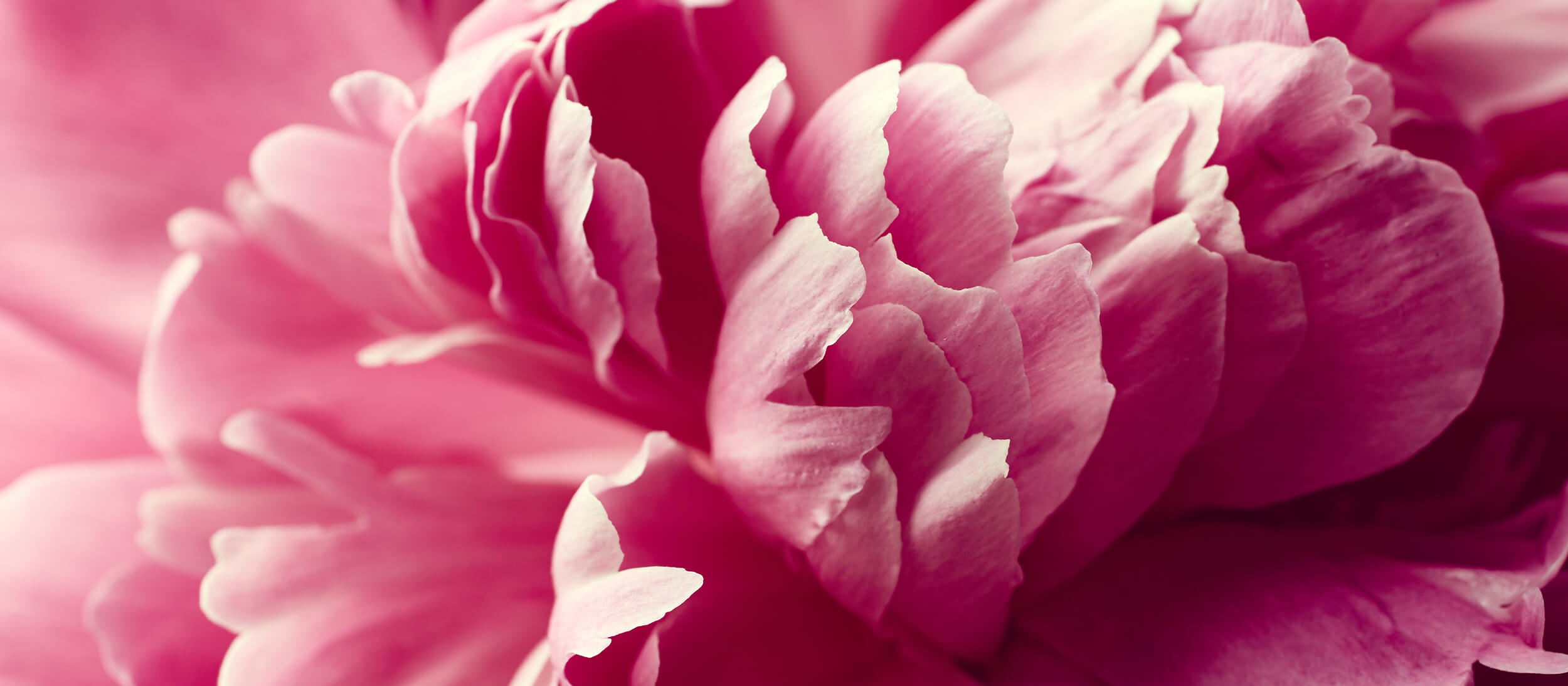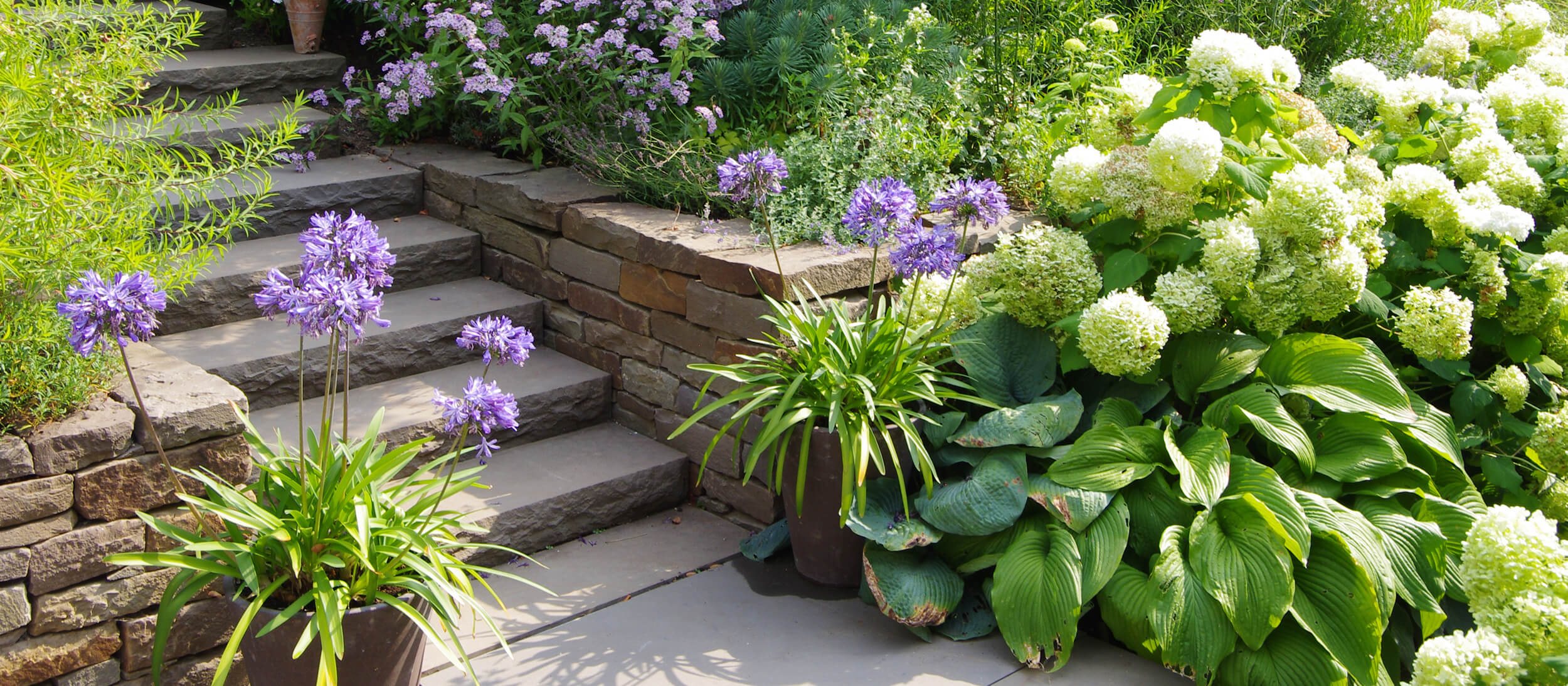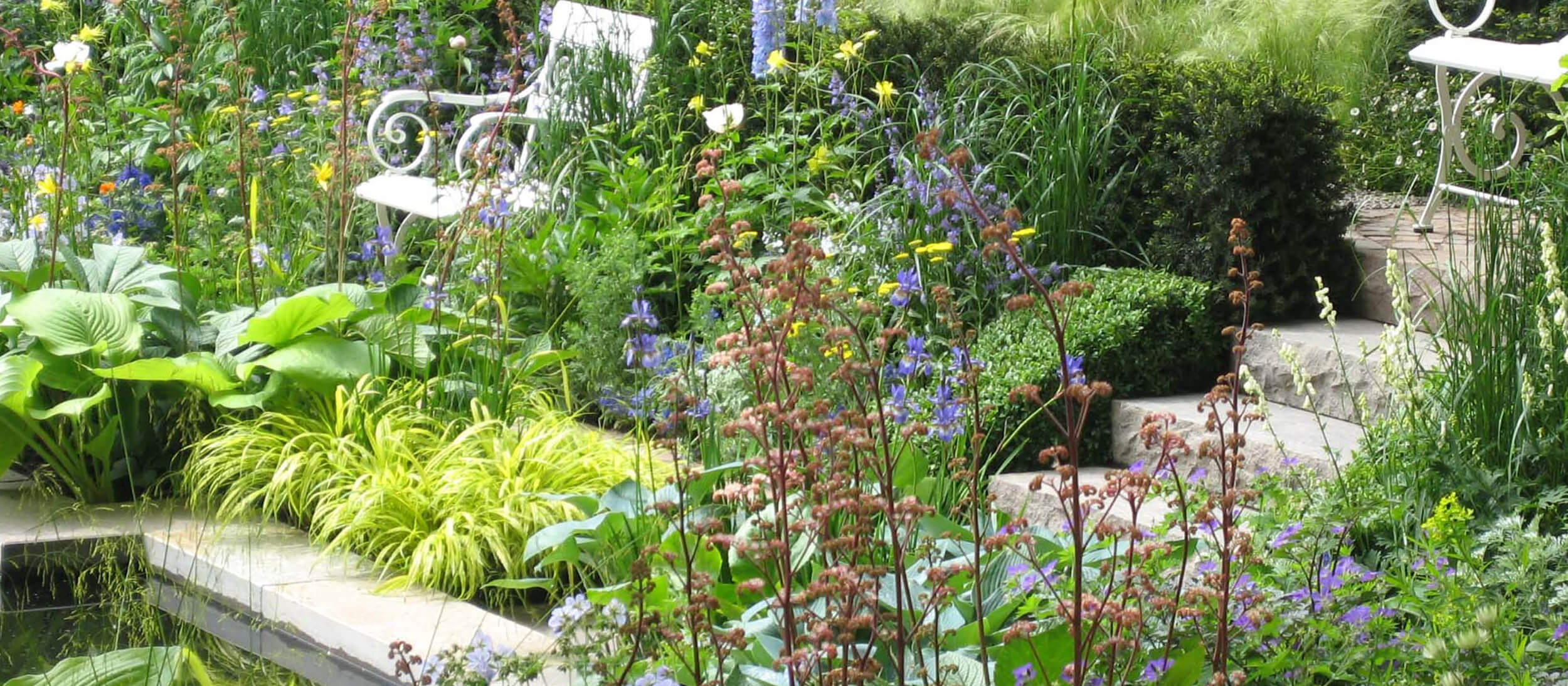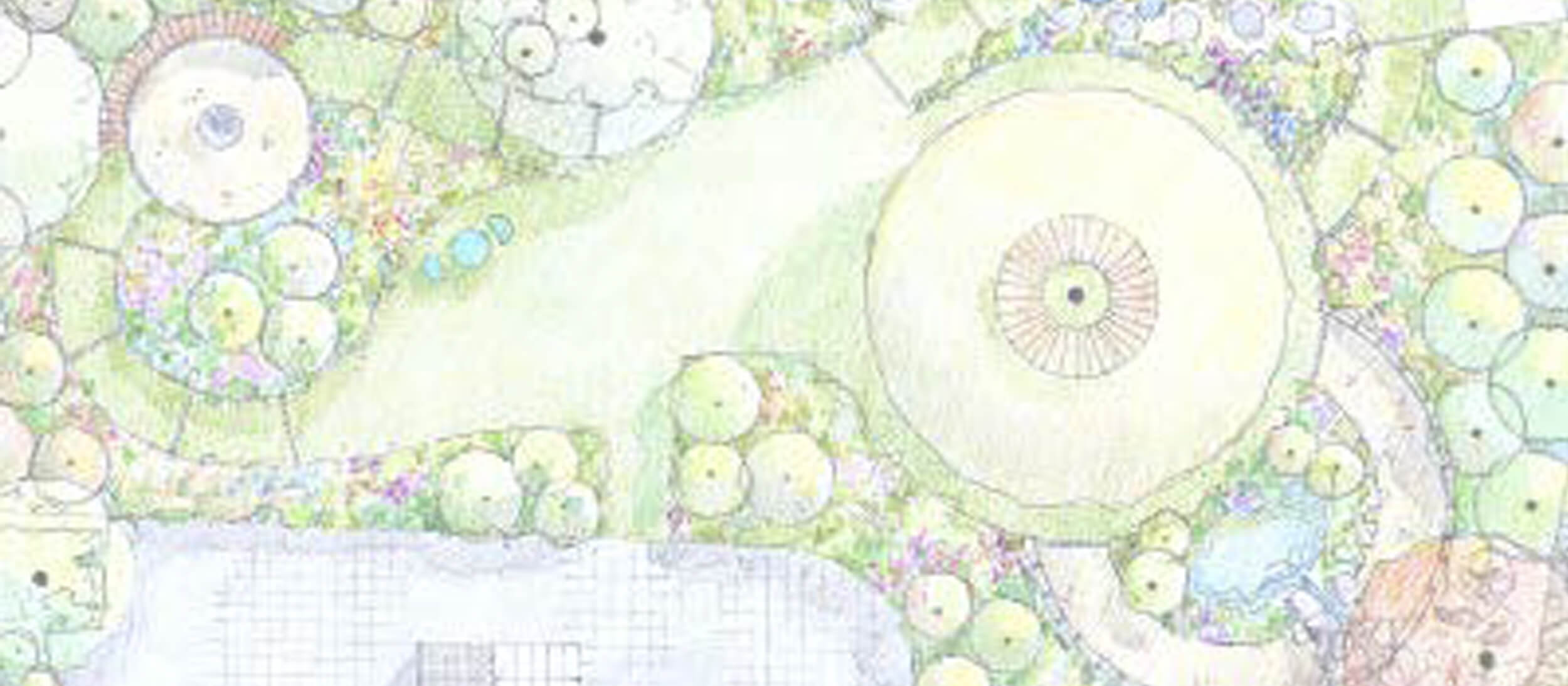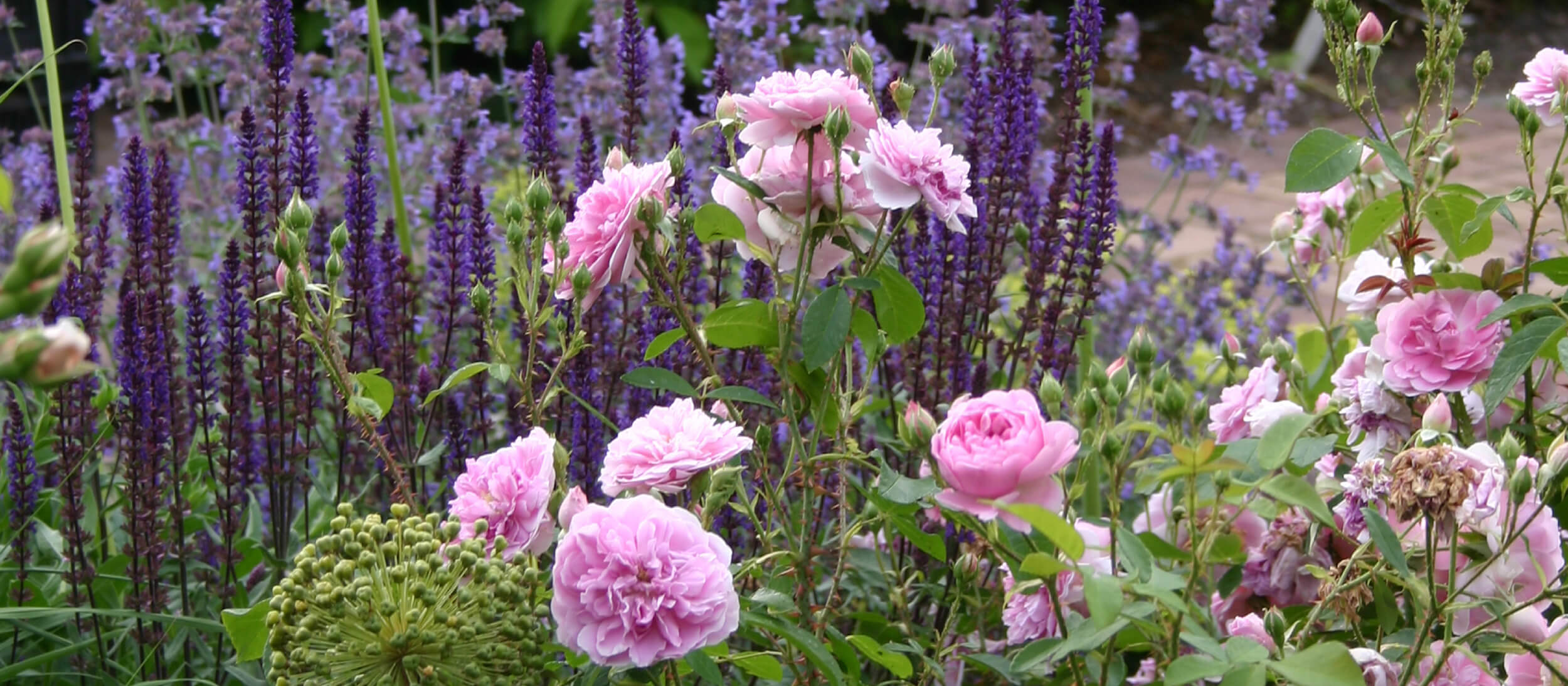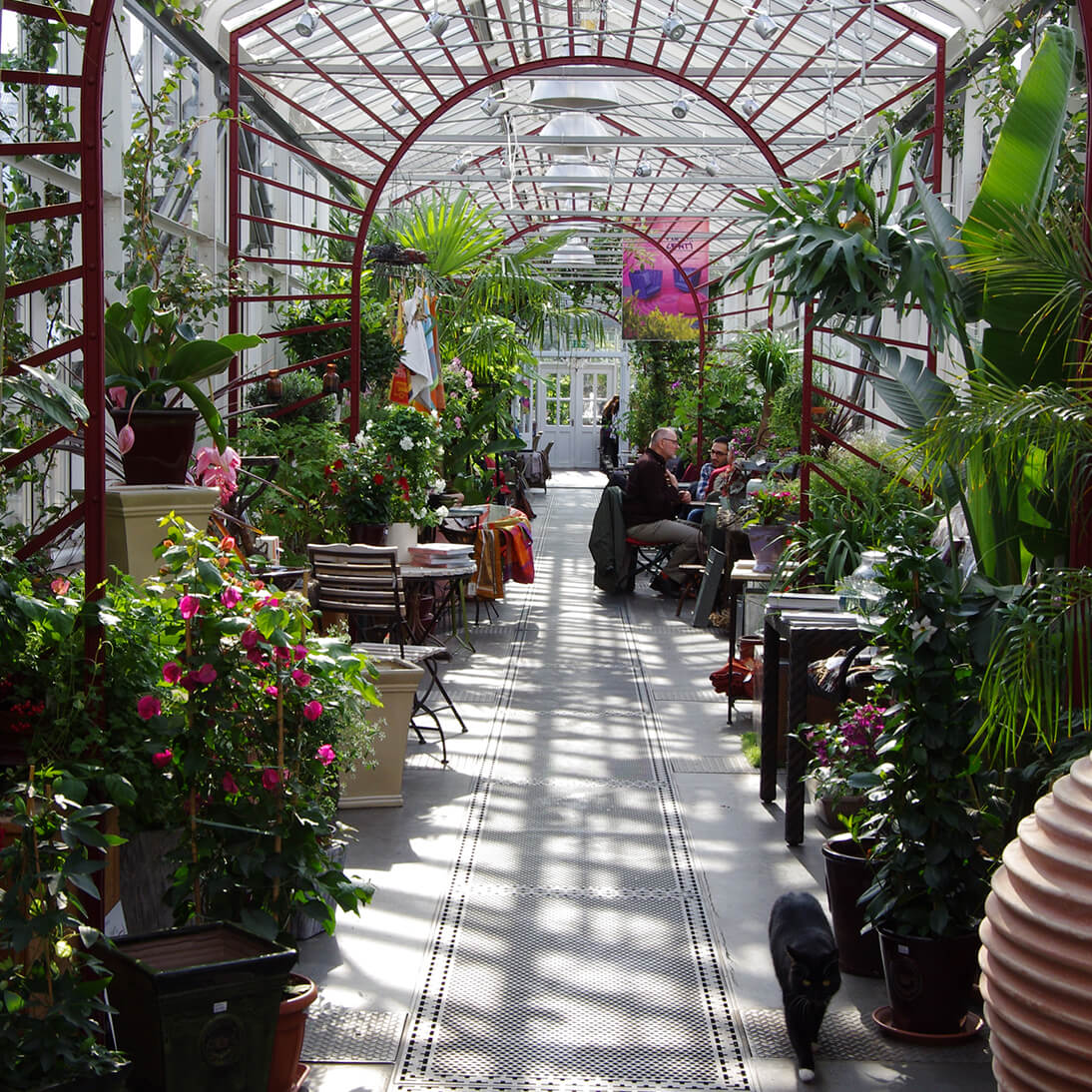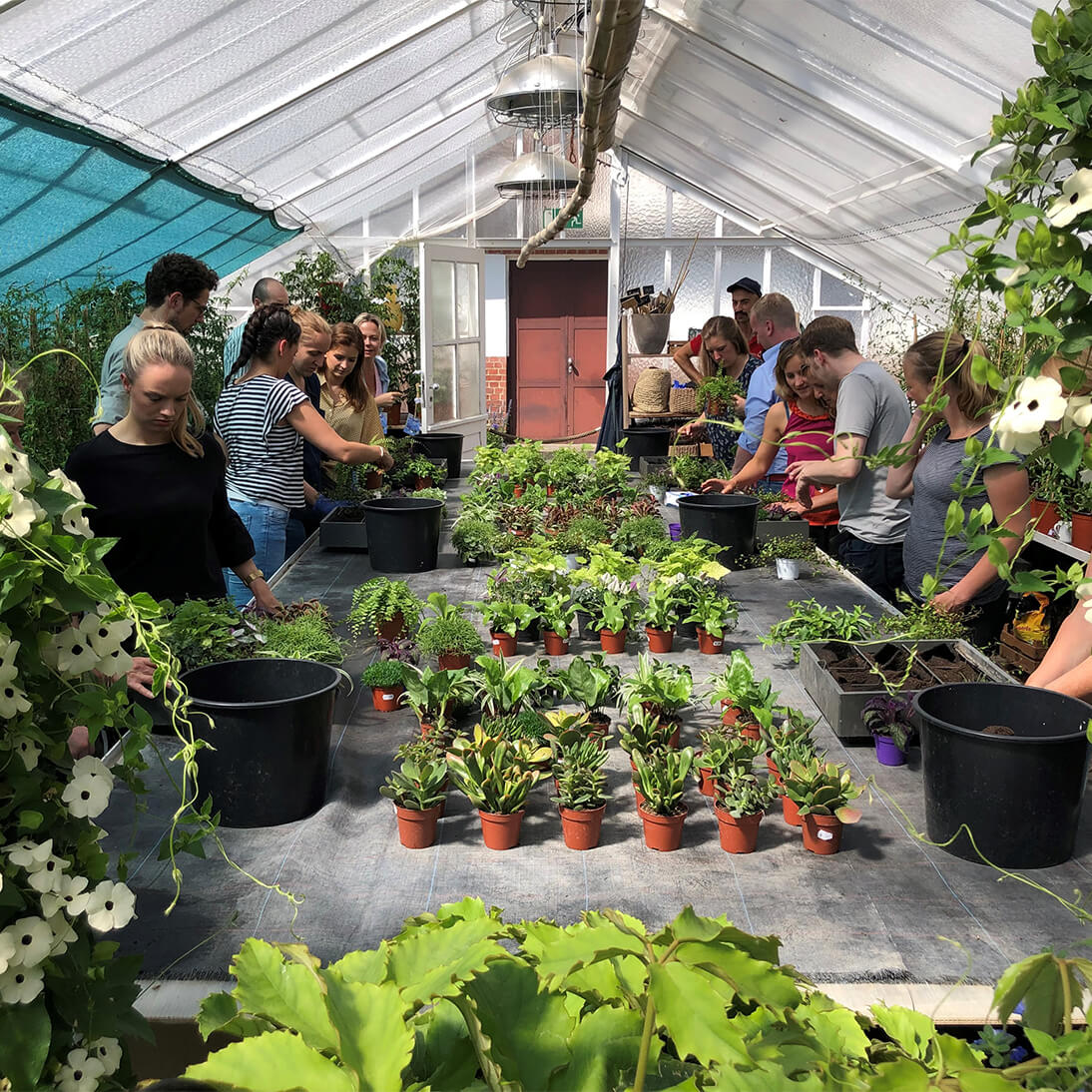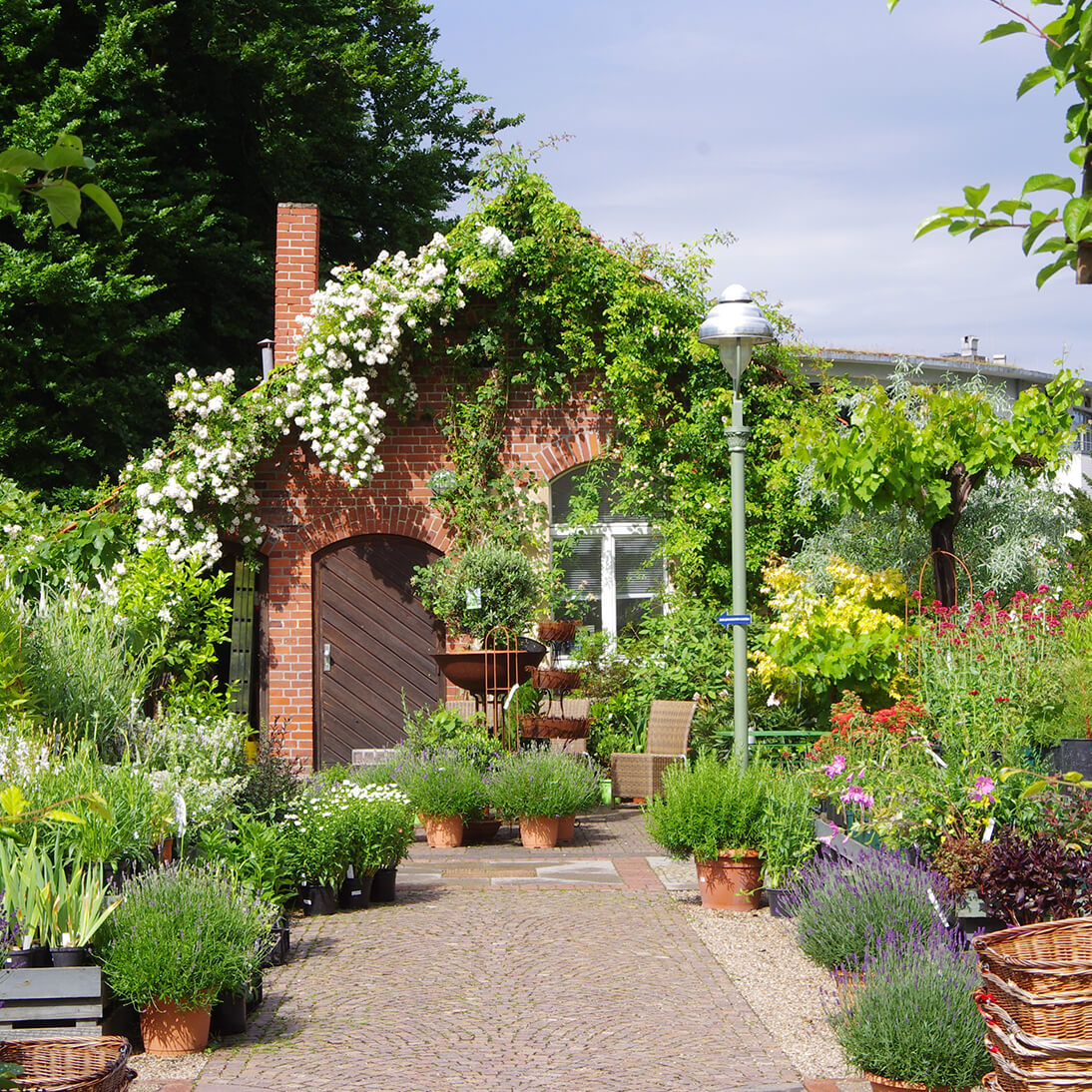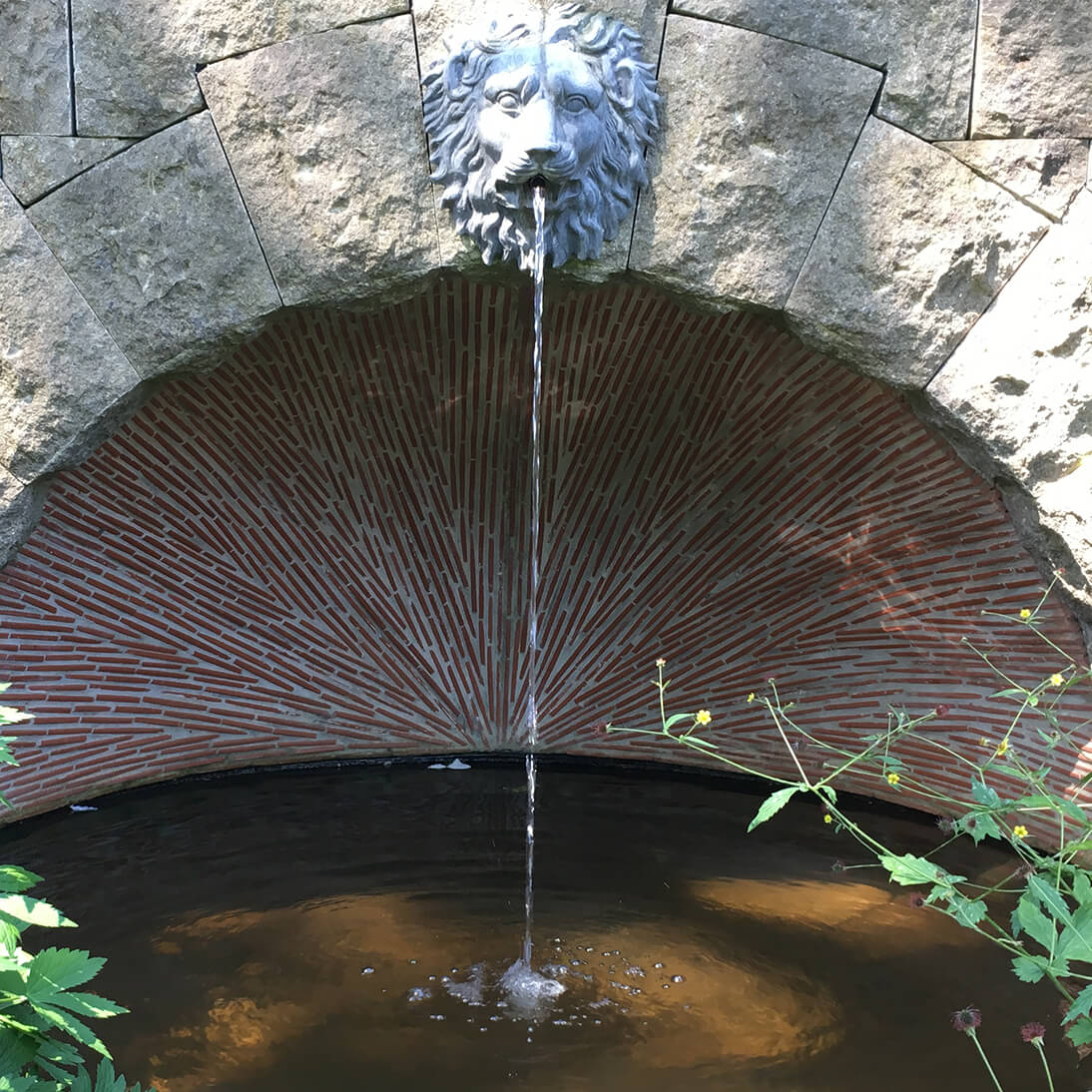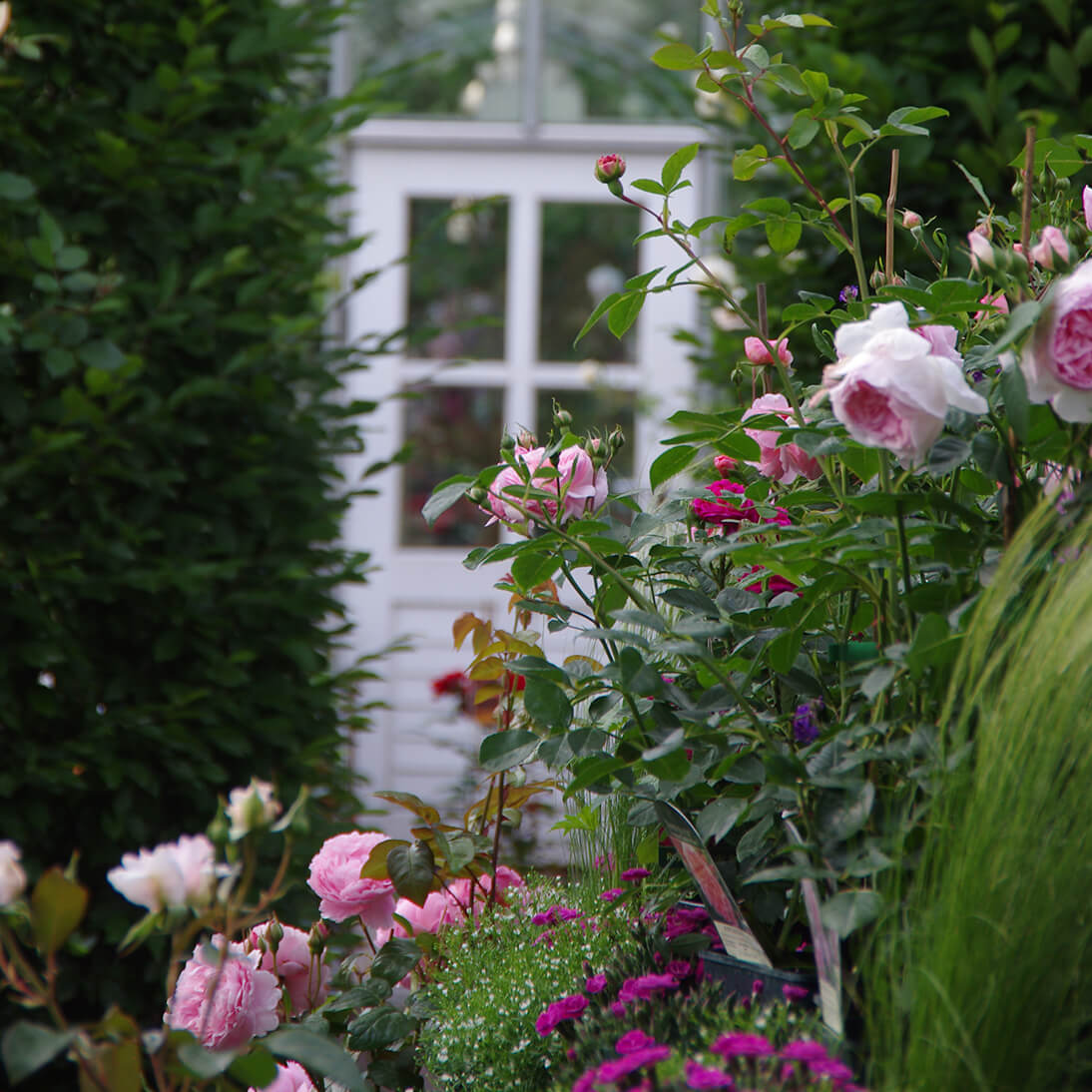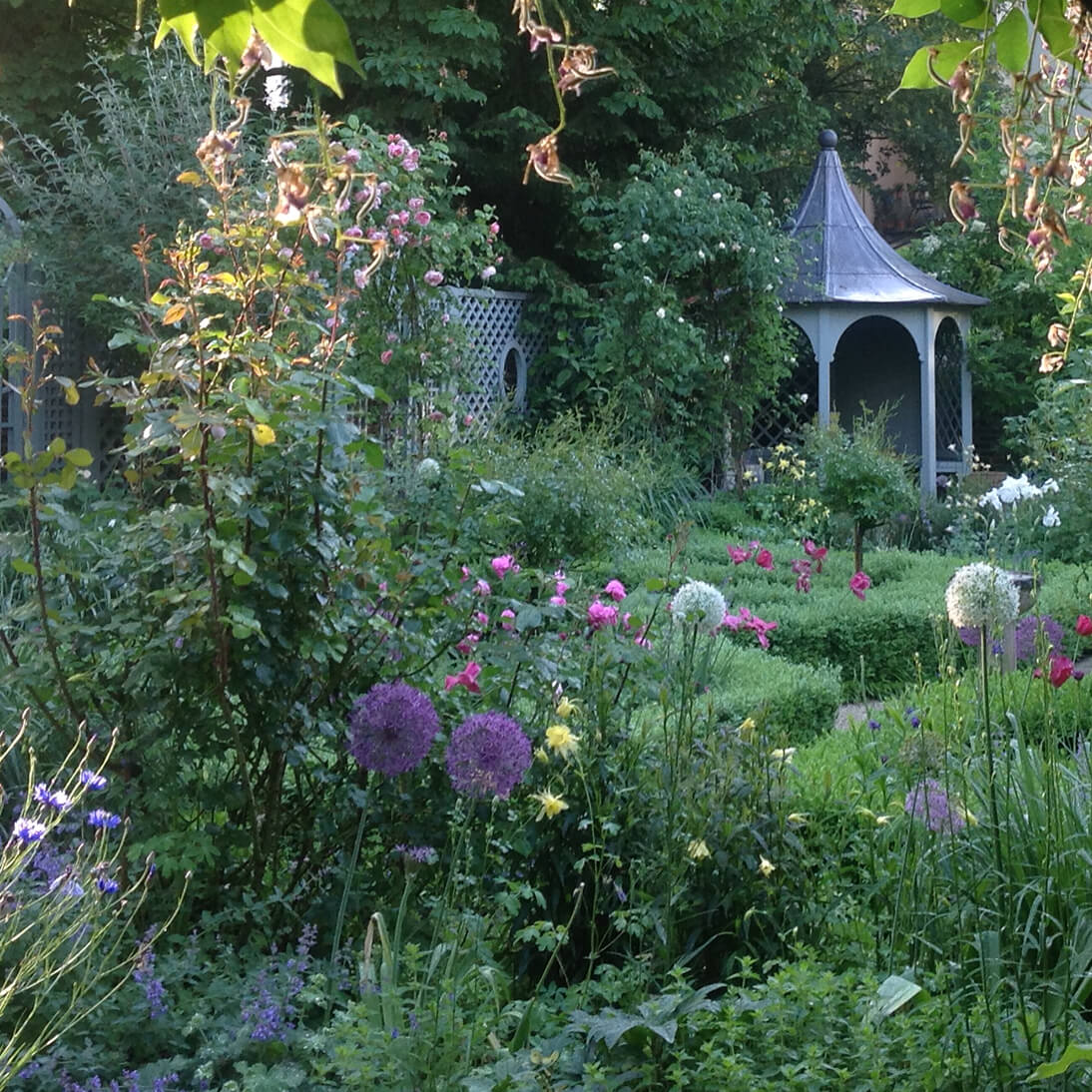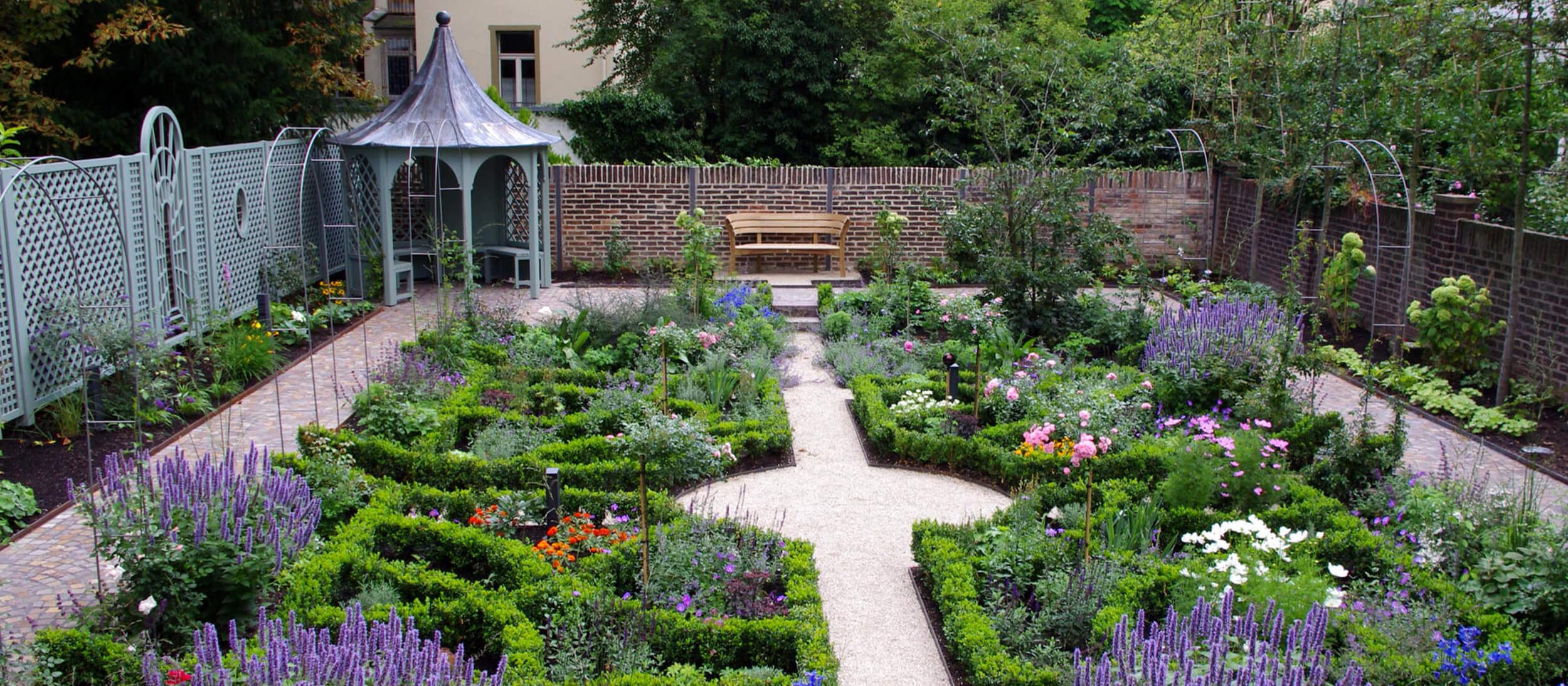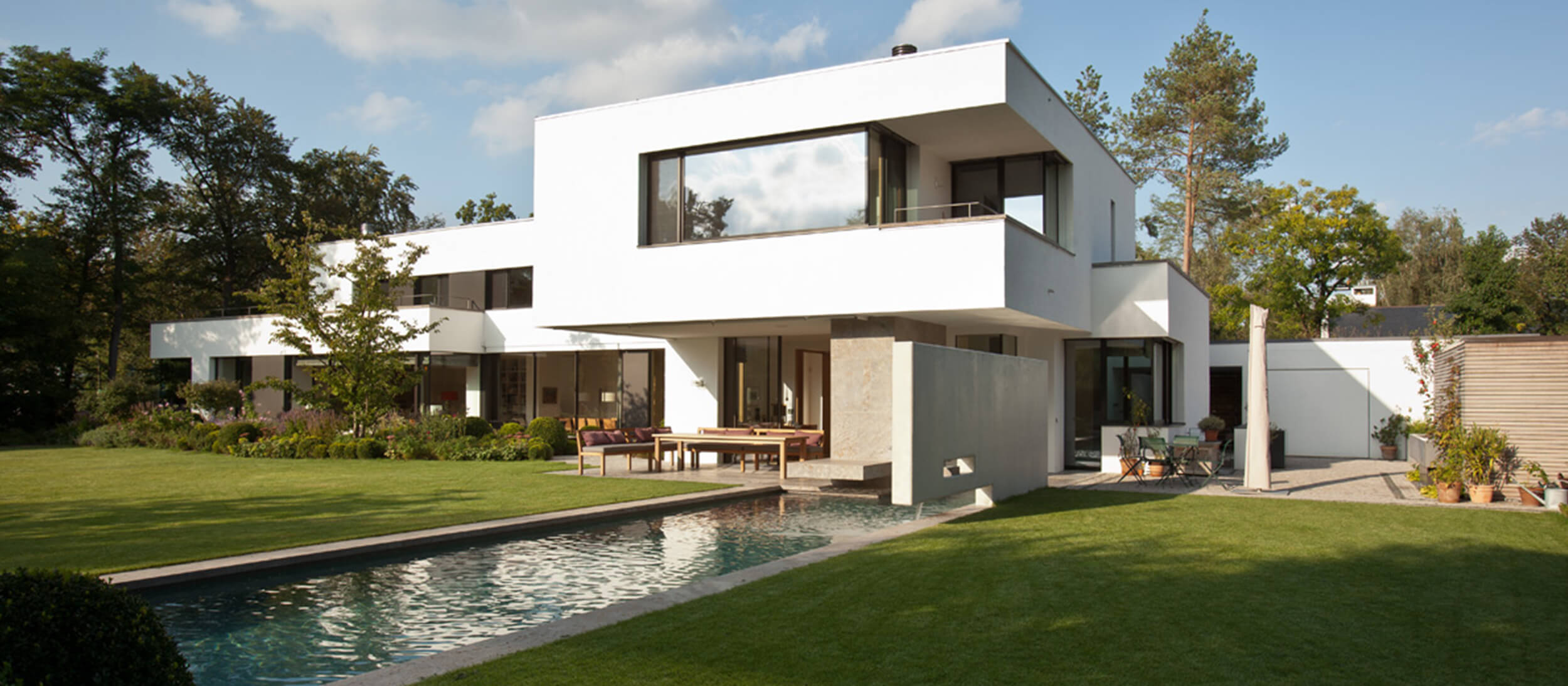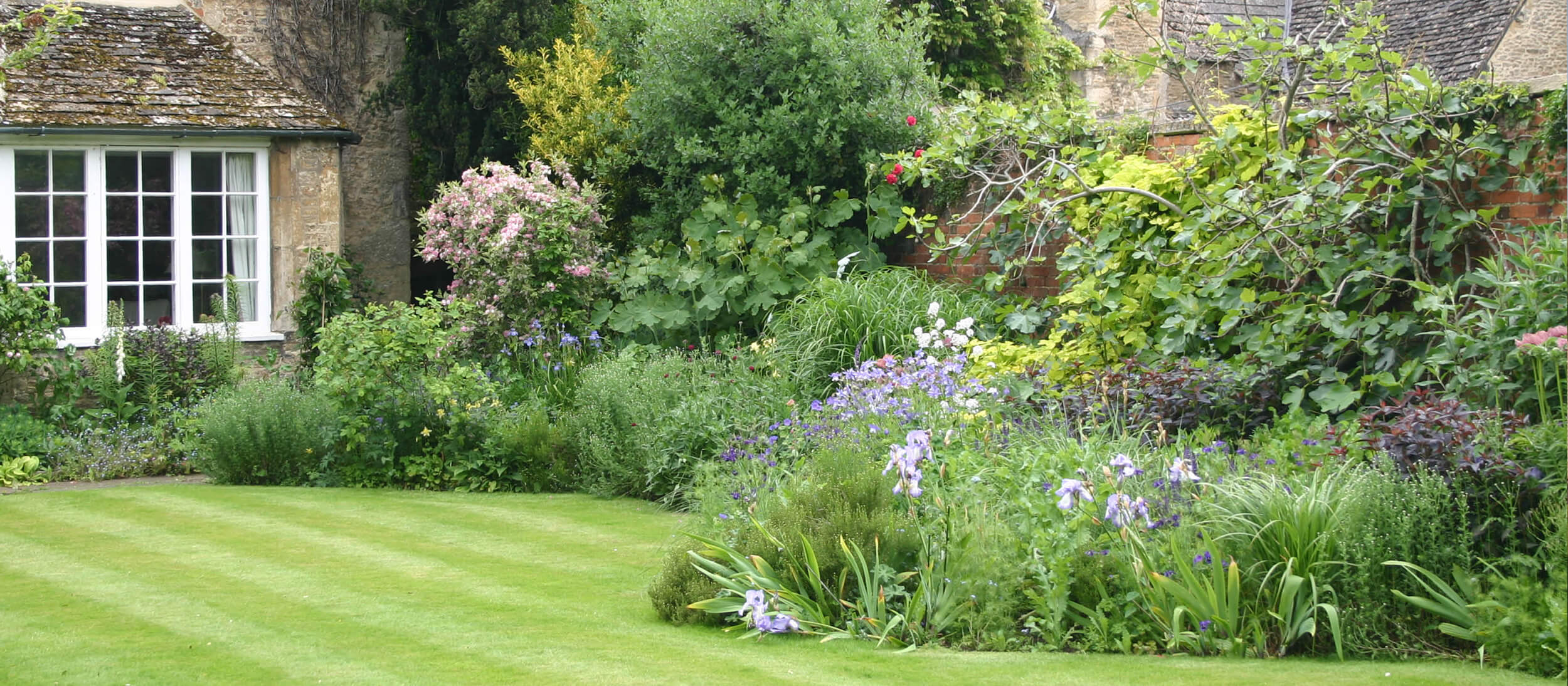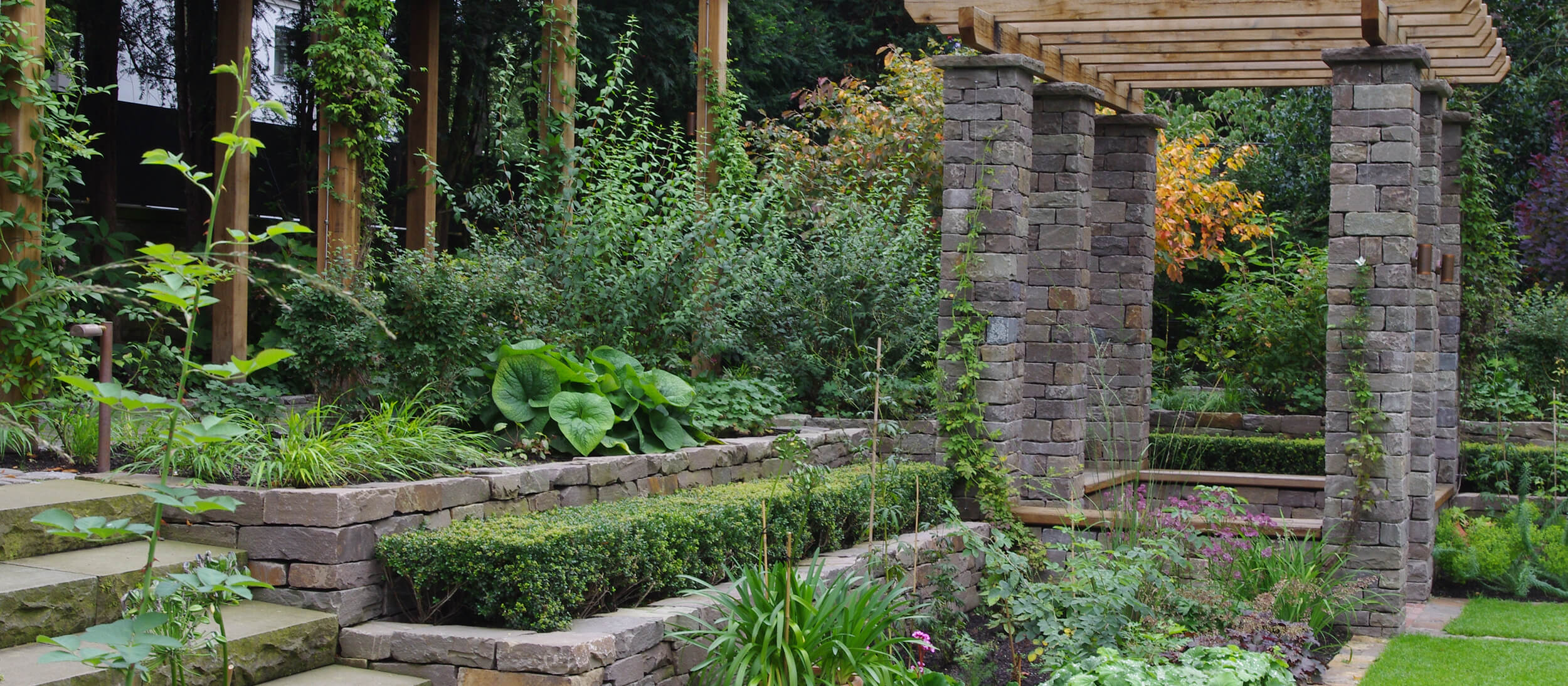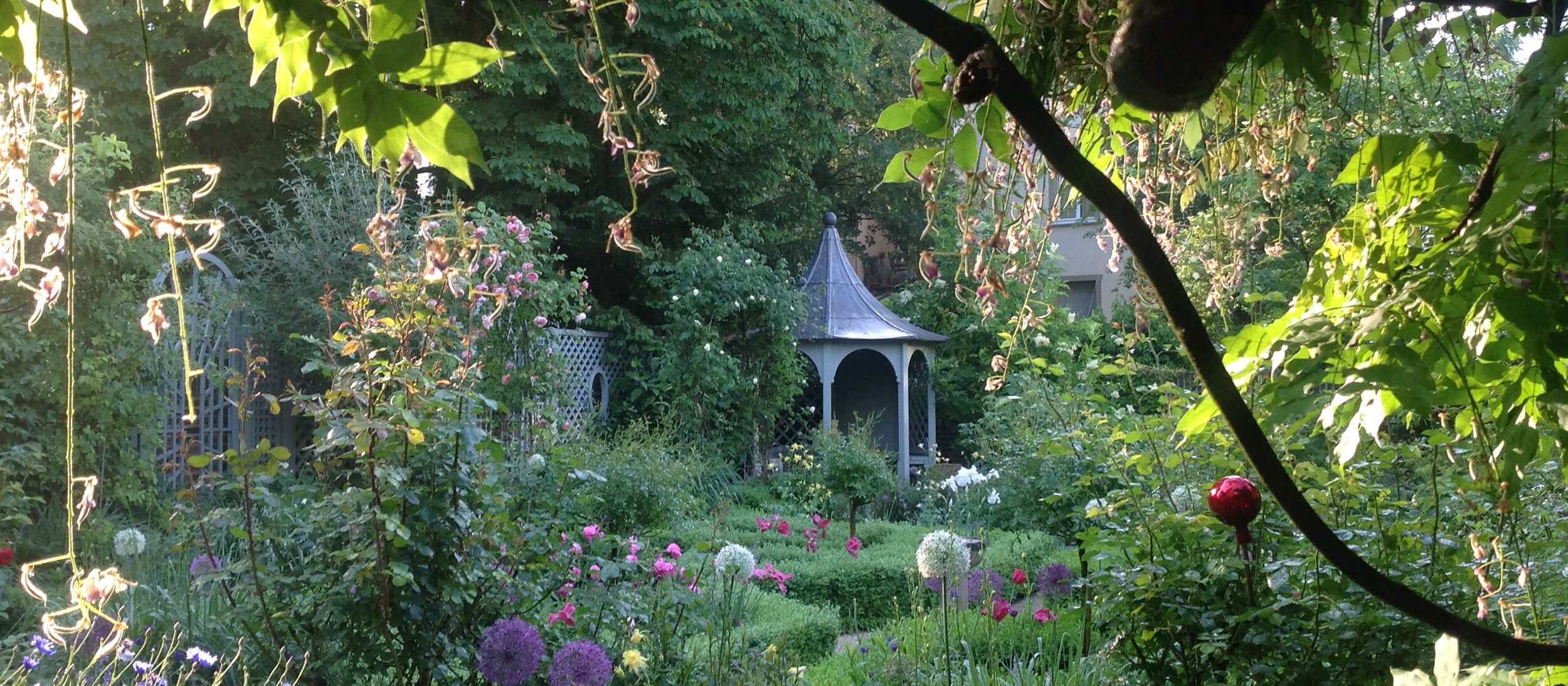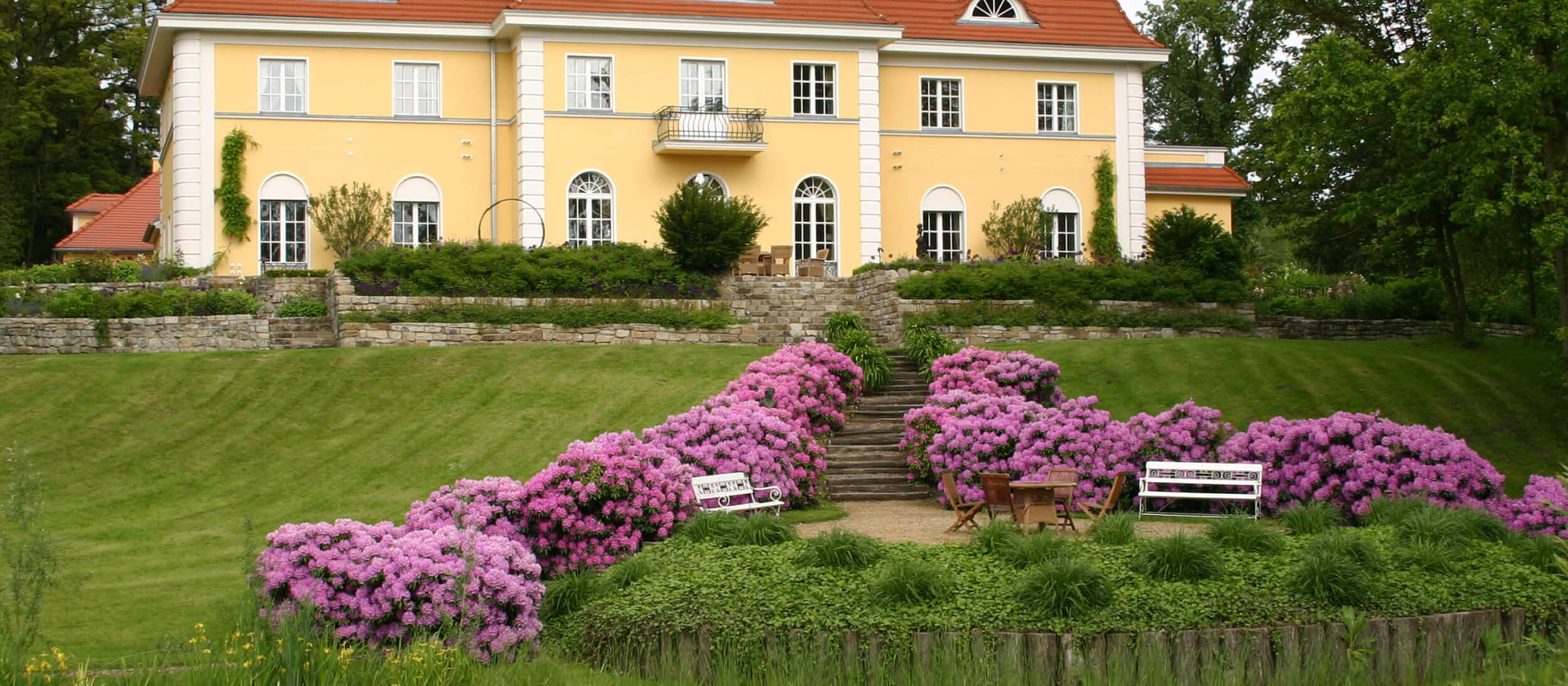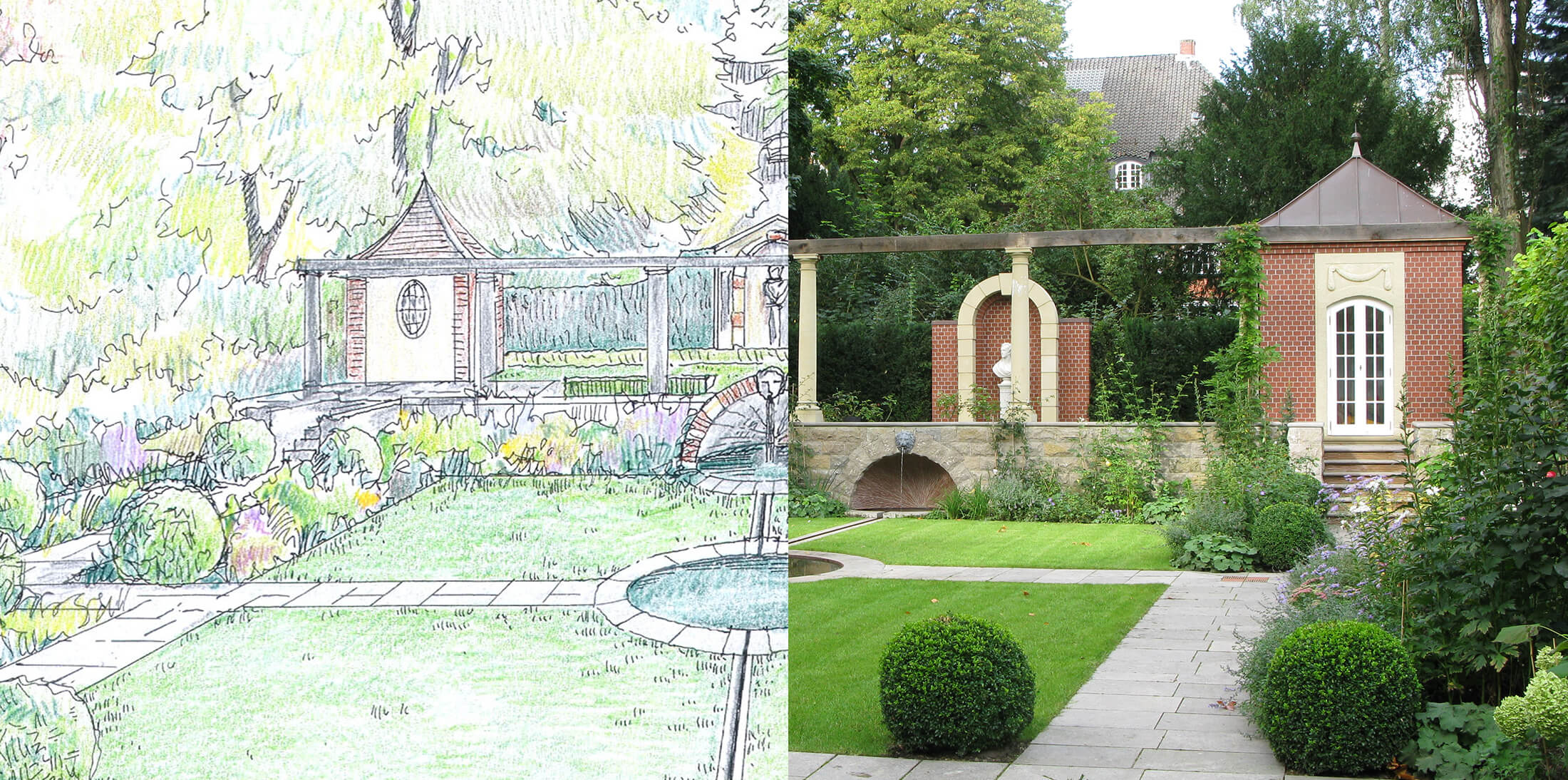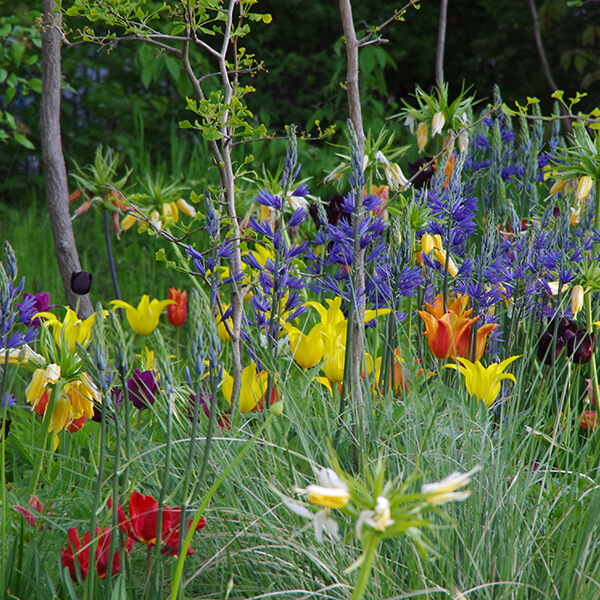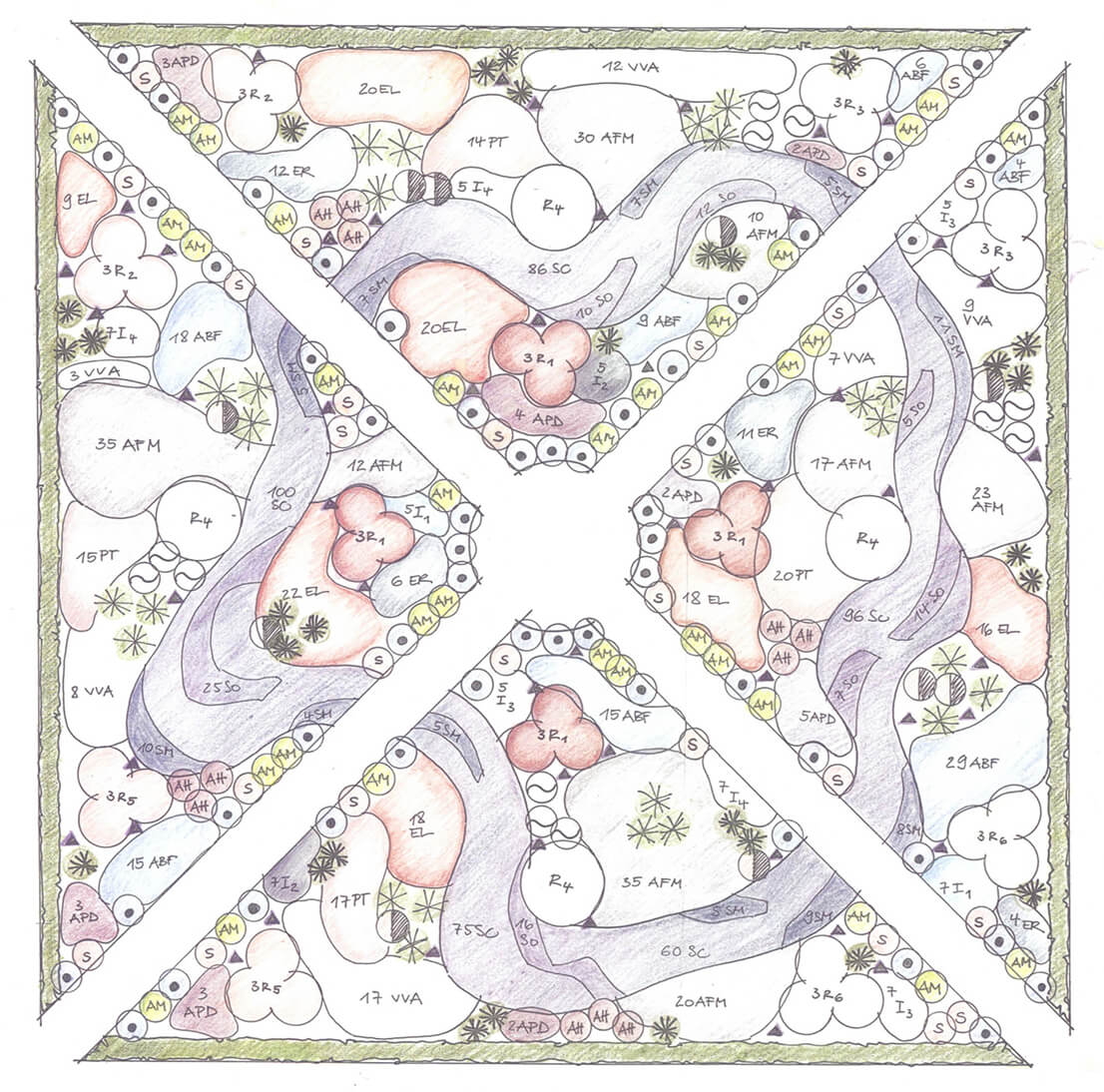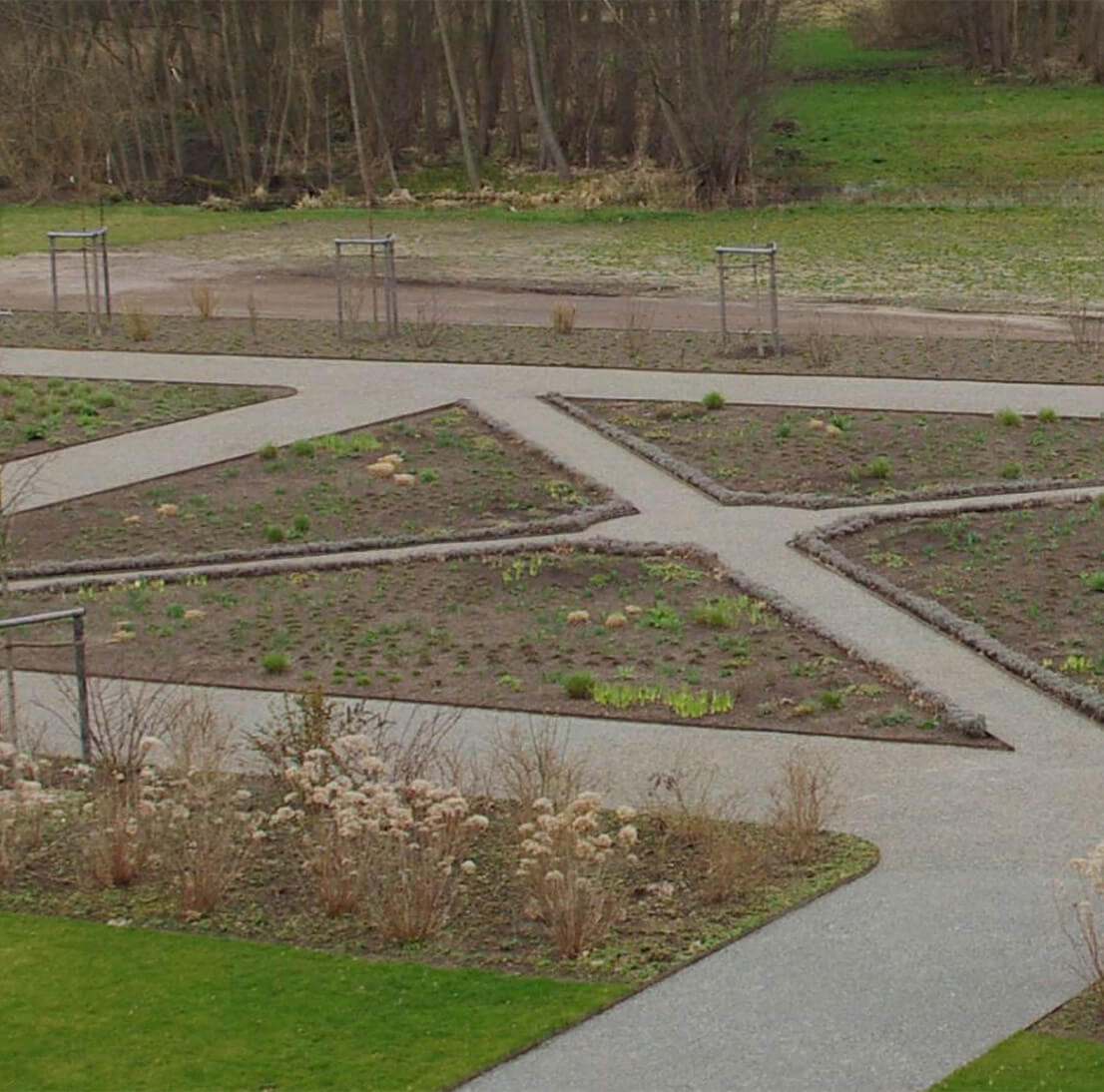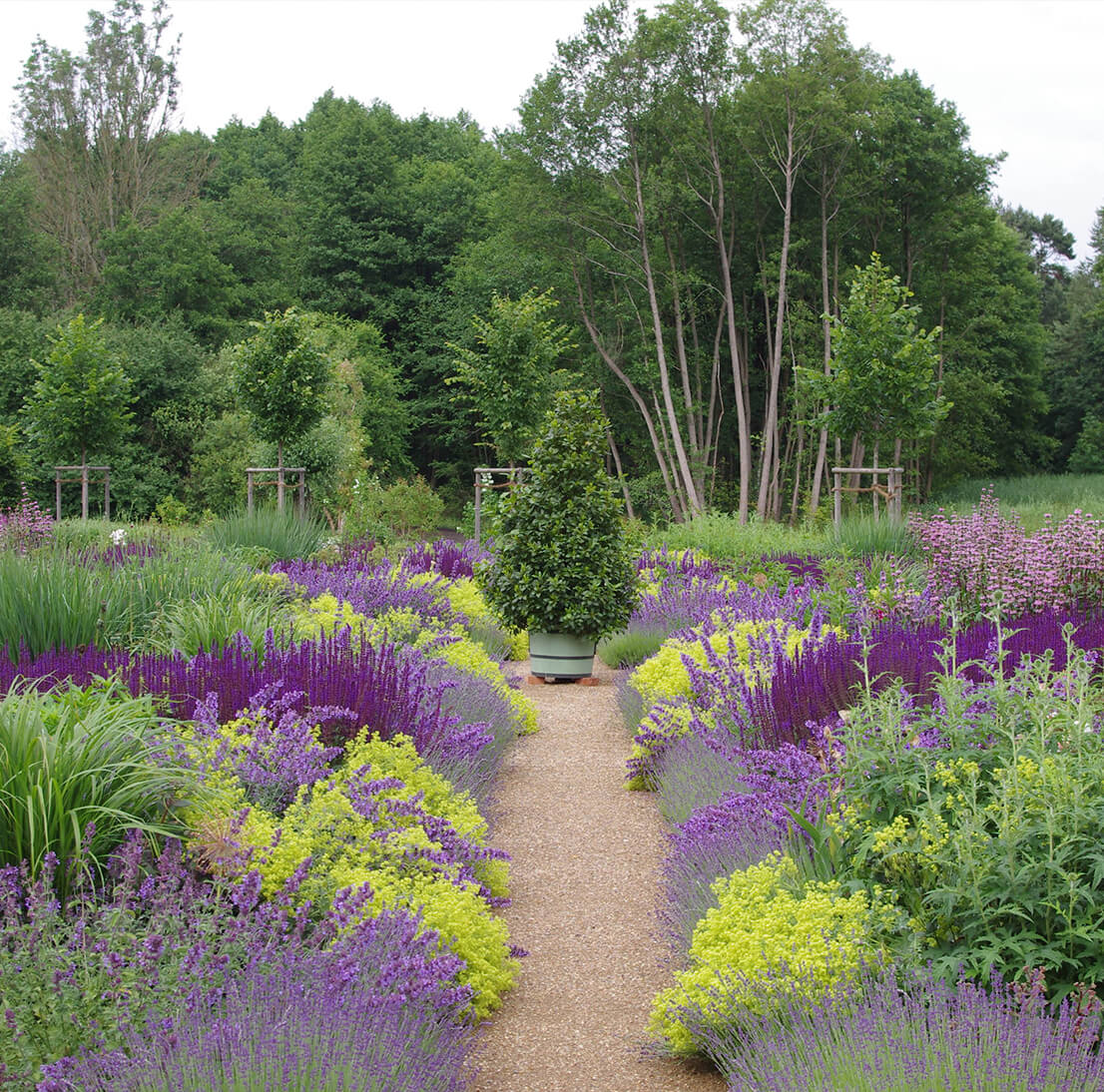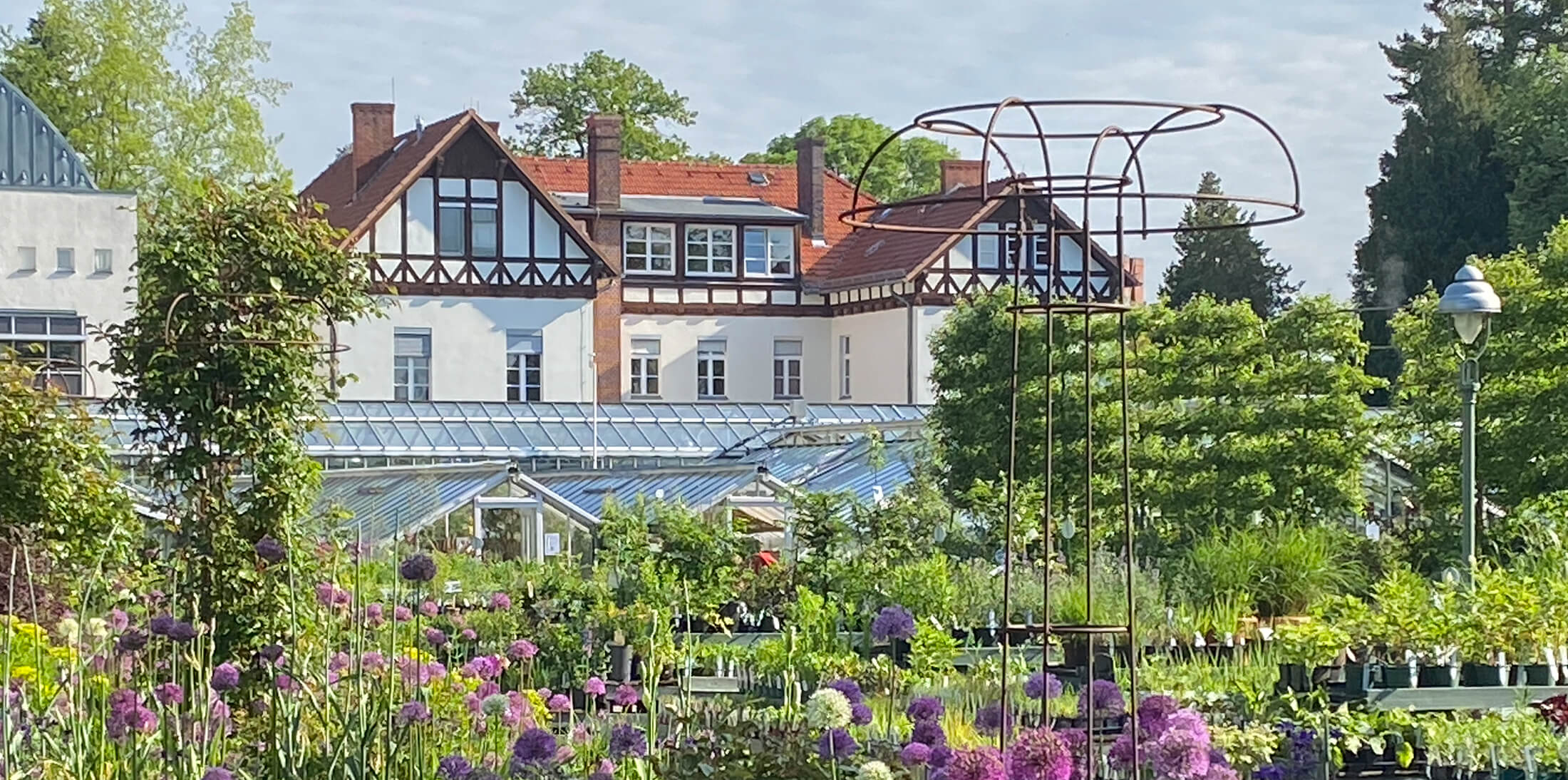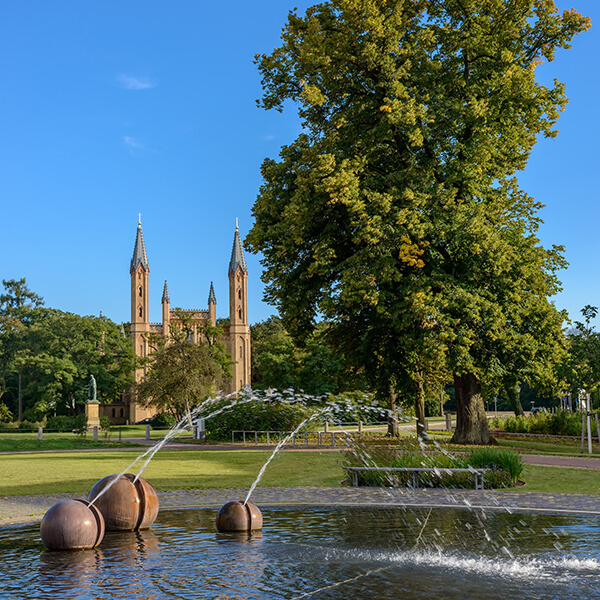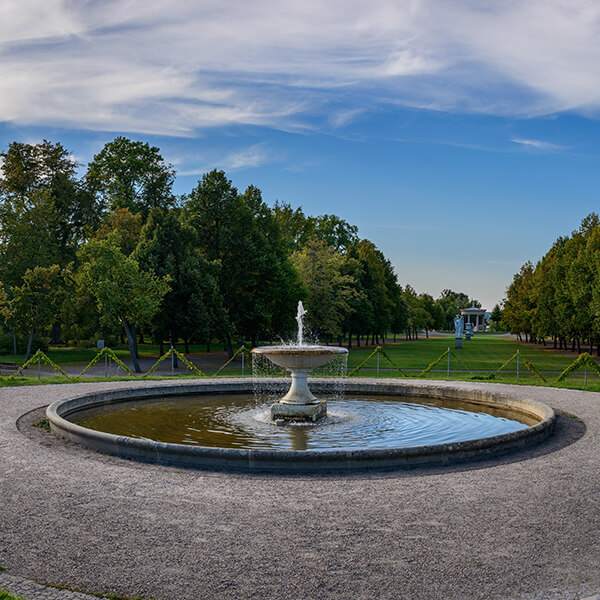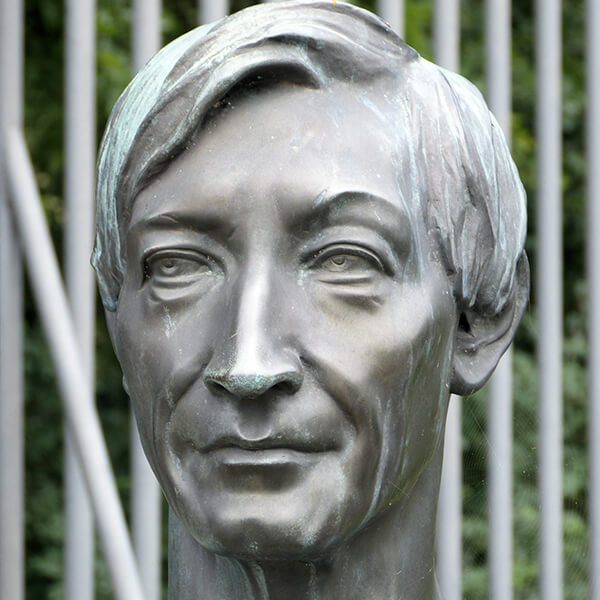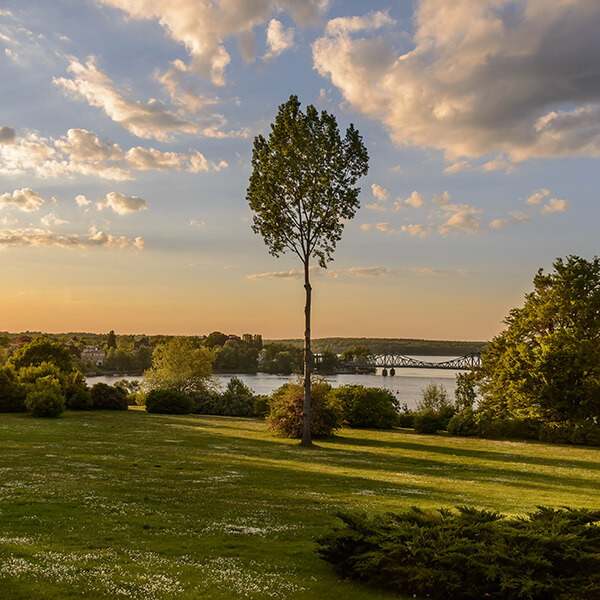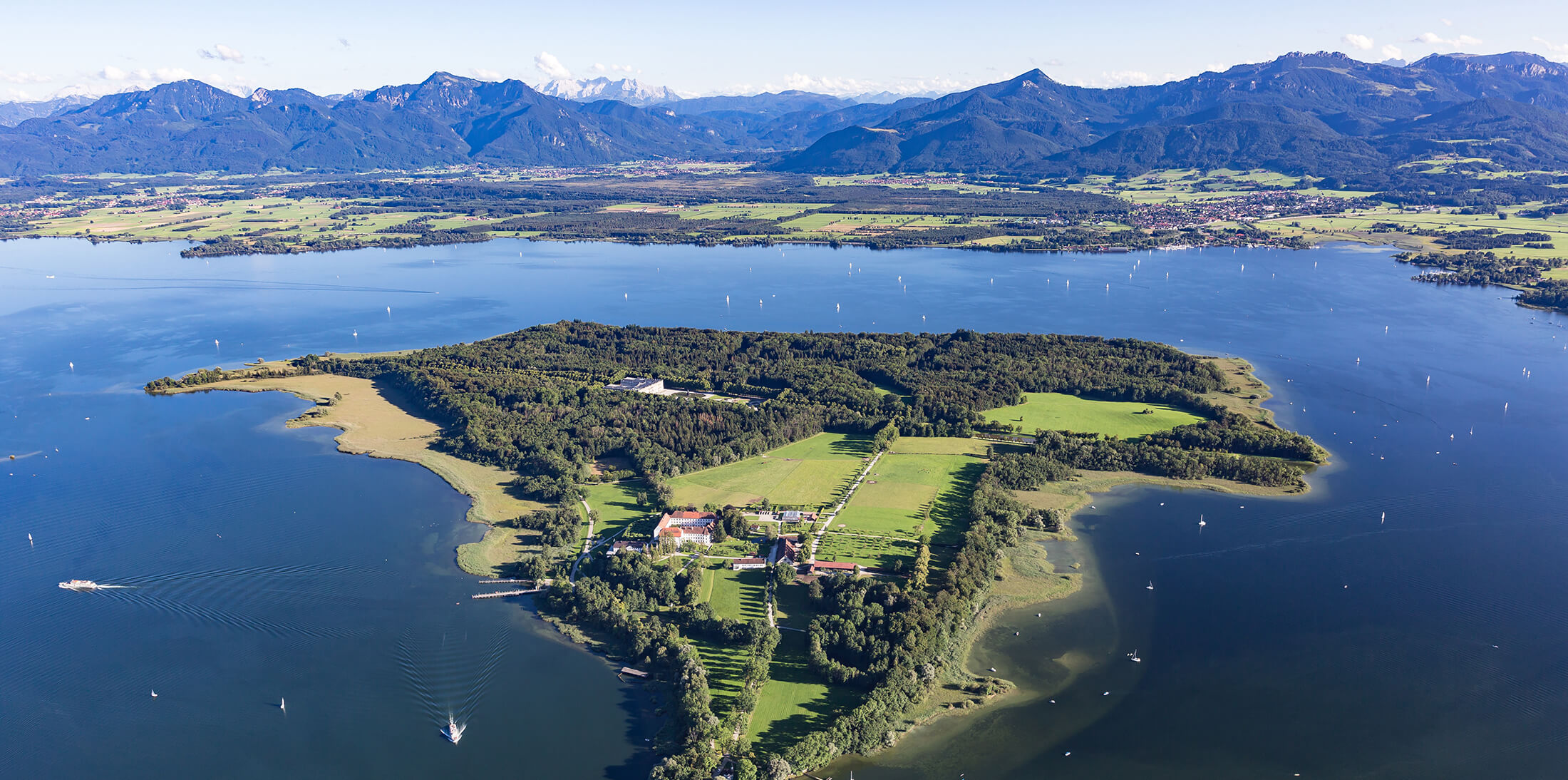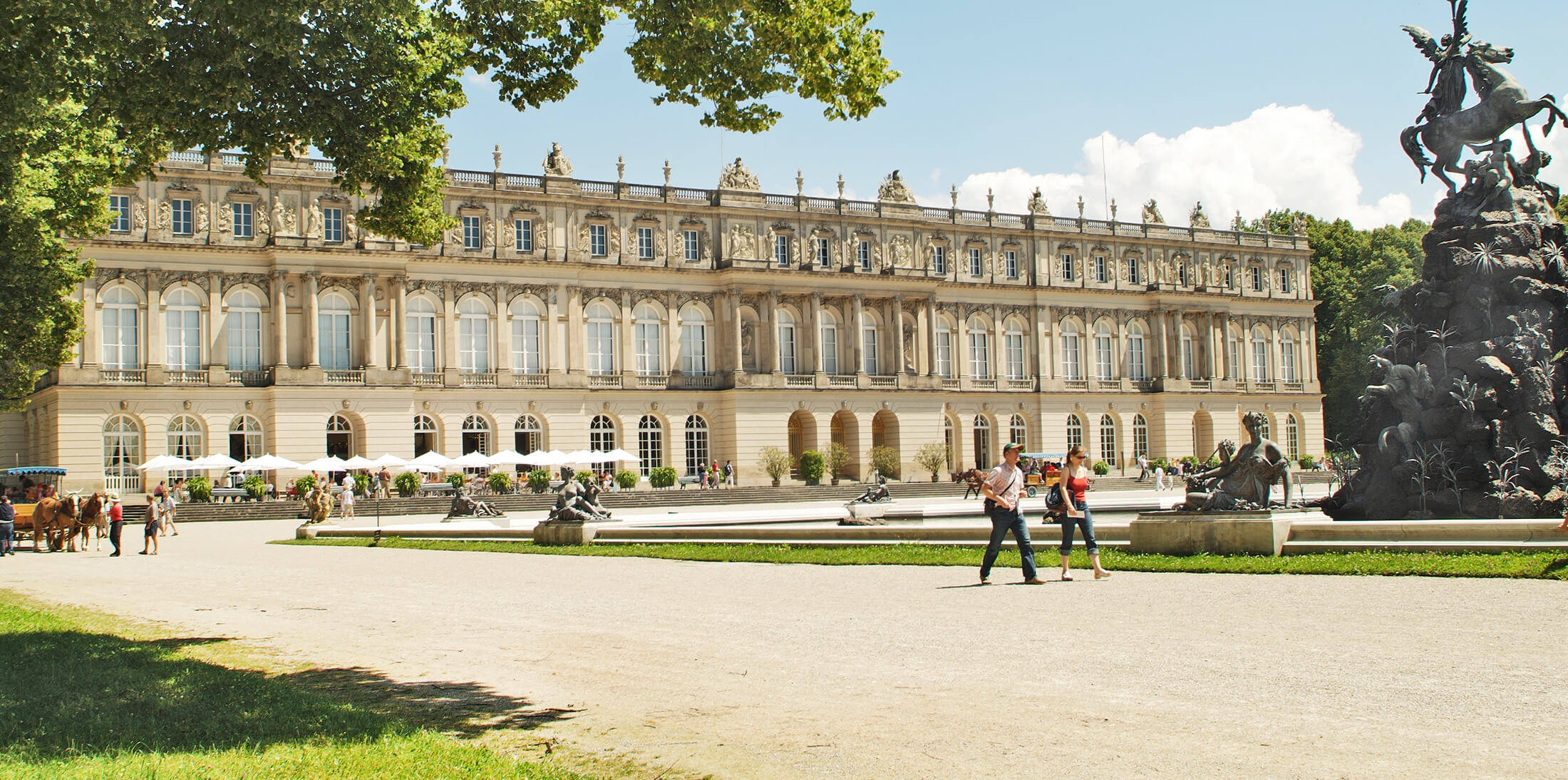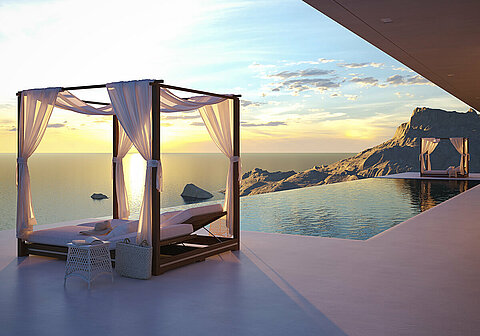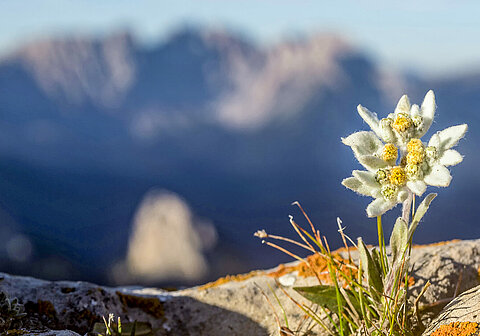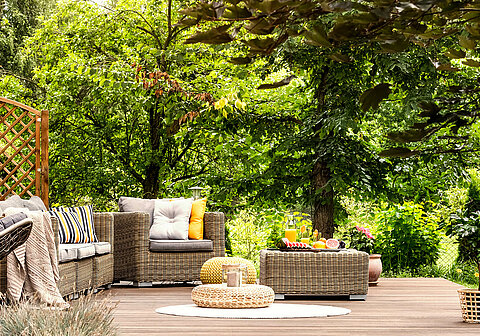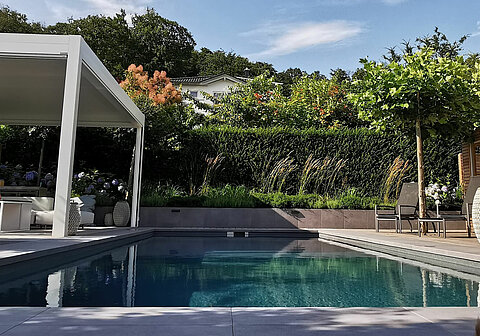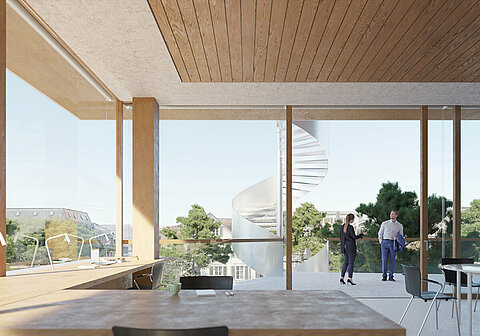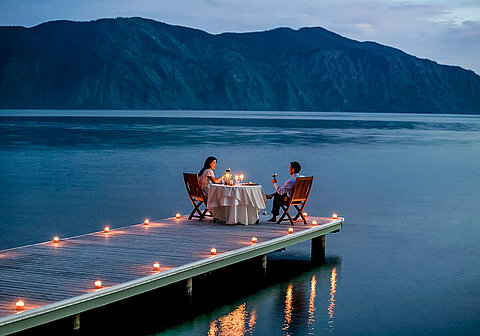Profile
Cord-Friedrich von Hodenberg: Designer of individual garden settings
Training and studies: Served an apprenticeship at a tree nursery in Lower Saxony, studied landscape conservation and historic garden conservation in Dresden
Activities: Garden and landscape planning firm, Dresden Garden designer and landscape architect in the Design Studio, since 2017 director of the Königliche Gartenakademie, Berlin
The Königliche Gartenakademie takes up the legacy of Peter Joseph Lenné, arguably one of the best-known garden architects of all time. Originally founded as a training establishment in Potsdam, today’s Academy is much more: The grounds in Berlin Dahlem are a place to relax and unwind. A place to enjoy nature and the imposing world of plants. The Academy also boasts a team of renowned garden designers who can be appointed to create stylish gardens for individual customers. A conversation with the director and head of the Design Studio, Cord v. Hodenberg, on what makes for stylish gardens full of character.
How much craftsmanship from Lenné’s day is still applied in designing gardens today?
It is not so much the techniques that we share with our famous historical counterparts, but rather the artistic, free-wheeling approach, the passion for the exceptional. A loving attention to detail is something that we have in common with our predecessors, for example. A stone bench, a well – we combine inimitable historic forms with contemporary garden design. When the originals are unavailable, we recreate them right down to the finest points of detail.
Lenné applied many ideas that he collected on his travels. Are there influences from other countries and cultures in landscape architecture and horticulture? Are there fashions and trends, along with the classic exemplars of timeless beauty?
Just like Lenné, we set great store by the fact that our gardens or parks are designed, rather than constructed. One difference to former times may be the variety of plants which is available to us today. Tastes change over time, of course. Although new colours and forms come along, there is still always a place for classic traditions. It all comes down to combining the classic and the innovative in an adroit manner. Climate change is also forcing us to adopt new approaches. Many plants from southern regions that wouldn’t have stood a chance in our climes in the past now flourish here. In our customers’ interests, we take no risks in this area and analyse the development of every plant in our gardens. We only recommend them to our customers after they have passed all the quality tests.
Historical models recreated with a loving attention to detail conjure up settings full of atmosphere
What criteria apply when it comes to creating a stylish, quality outdoor setting?
Our customers’ individual wishes take priority. After all, we are dealing with their personal environment and their vision of their dream garden. Further factors that come into play are our interpretation of the location and the high aspirations that we share with our customers with regard to the sustainability and quality of the design.
Your website makes reference to “individual garden environments”. What exactly do you mean by this?
We don’t deal in “common-or-garden” solutions or everyday greenery. We engage with our customers and take them with us on our journey. We give every piece of nature a unique design that’s nowhere else to be found. Our customers can discover where our journey can lead by exploring our model plantations at the Königliche Gartenakademie, for example.
Have you ever found customers’ wishes to be challenging?
Not when it’s about realising individual ideas in a creative manner. We’ve always managed to meet or even surpass our customers’ expectations on these terms. Not least of all because our customers always form part of the project. Our customers have an opportunity to present their wishes on a “moodboard”, using illustrations, sketches and descriptions.This emotional compilation of ideas helps us to identify the customer’s personal style and to develop a master plan for their garden that accords due consideration to both the terrain concerned and taste aspects.
Are there certain materials that you use to create a garden landscape? How do you achieve harmonious transitions? From a terrace into the garden, for example? Or from a seating area onto the lawn? How can paths or steps be integrated into nature without becoming foreign bodies?
Quite simply by using materials which fit naturally into the big picture. Ceramic tiles serve as a natural material here, for example. When used in the right proportions, they create an interesting interplay between functionality and design.
How do you arrive at a garden which displays a distinctive character of its own throughout, rather than simply being an arbitrary collection of plants?
By breaking with customary ways of seeing things. By combining contrasting elements and adopting an unconventional approach. Why not combine bold colours with grasses? Or assign herbs a totally new design function as decorative elements?
Gardening is a highly popular pastime at the moment, as people come to appreciate the value of creating and maintaining their own attractive environments. Do you have any tips for people wishing to landscape their gardens?
First of all: Be inspired by nature and be open-minded about what it suggests to you. Then just pluck up your courage and try your hand. We often observe attempts to showcase individual plants such as a rose on its own, in the belief that it will make its mark in all its beauty. That’s wrong. While roses do have beautiful blossoms, the rest of the plant is quite frankly nothing special. My tip is to always plant flowers like these in threes. This lends them a bushier and lusher appearance without stealing the limelight from the blossoms.
Garden architecture as a development process - from the drawing board through the spadework to a new environment
How can a garden with all its plants be kept attractive all year round?
By recognising its beauty in every season. Obviously one wants the plants’ flowering times to begin as early as possible and to end as late as possible. But that’s not everything. A tree with leafless branches can become an imposing sculpture on a misty day in November.
A personal question to close with: How do you realise your own garden dreams?
I do so in all weathers, here in the gardens of the Königliche Gartenakademie.
To this day, 20 August 1823 remains a key date in the development of gardening in Germany. It was on this day that King Frederick William III ordered the founding of the Royal Gardening Academy. He duly appointed Peter Joseph Lenné, who had petitioned for such an institution, as director of the first scientific educational establishment for gardeners. From this moment on, the landscape gardener became a highly influential figure. He was able to pass on to new generations his knowledge and his revolutionary mindset rooted in the tenets of Romanticism.
As part of his credo, he was committed to overcoming the bounds of straight-lined geometric forms, to allowing nature to lend shape to gardens and to the idea of “landscaping” parks and grounds.
And as the director general of the affiliated Royal Prussian Gardens, he was solely responsible for landscaping the most prestigious parks and grounds across the nation to the highest standards.
but also large quantities of materials for the elaborate facade design on his palatial showpiece from Villeroy & Boch. And it is equally unsurprising that the column capitals, cornices and balusters reminiscent of sandstone and Carrara marble have retained their naturally beautiful appearance over 150 years and right up to the present day.


